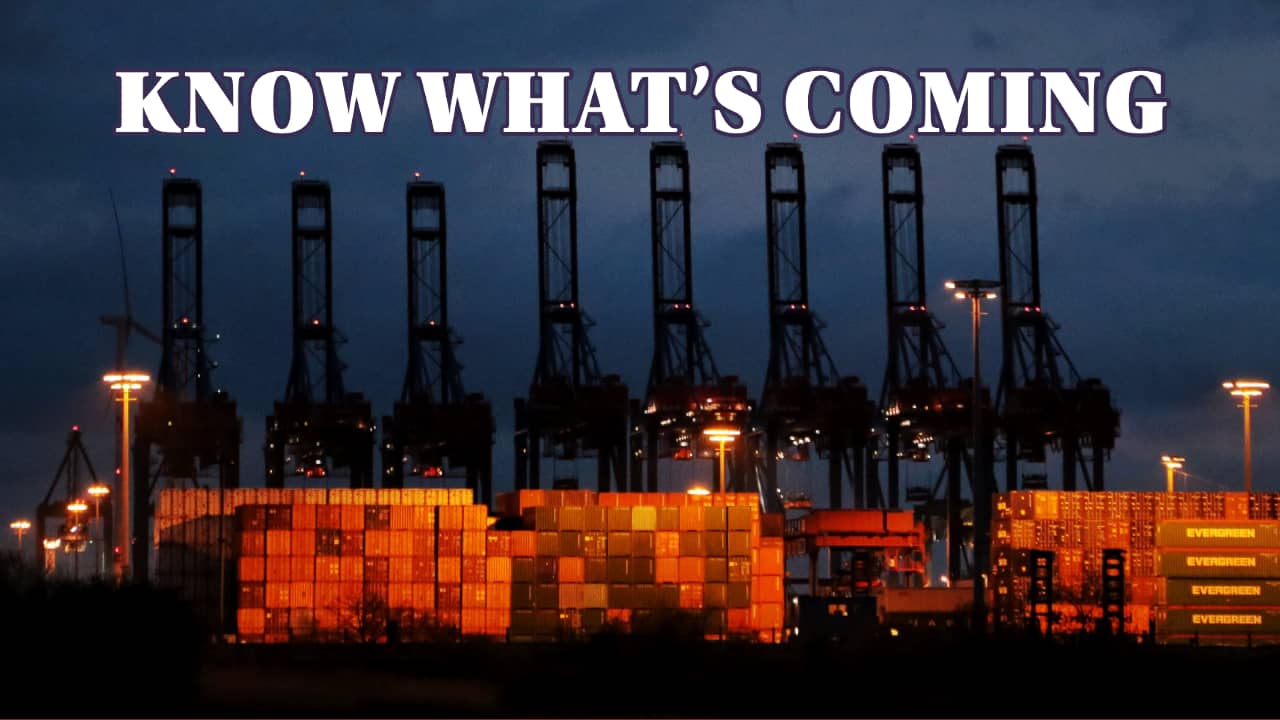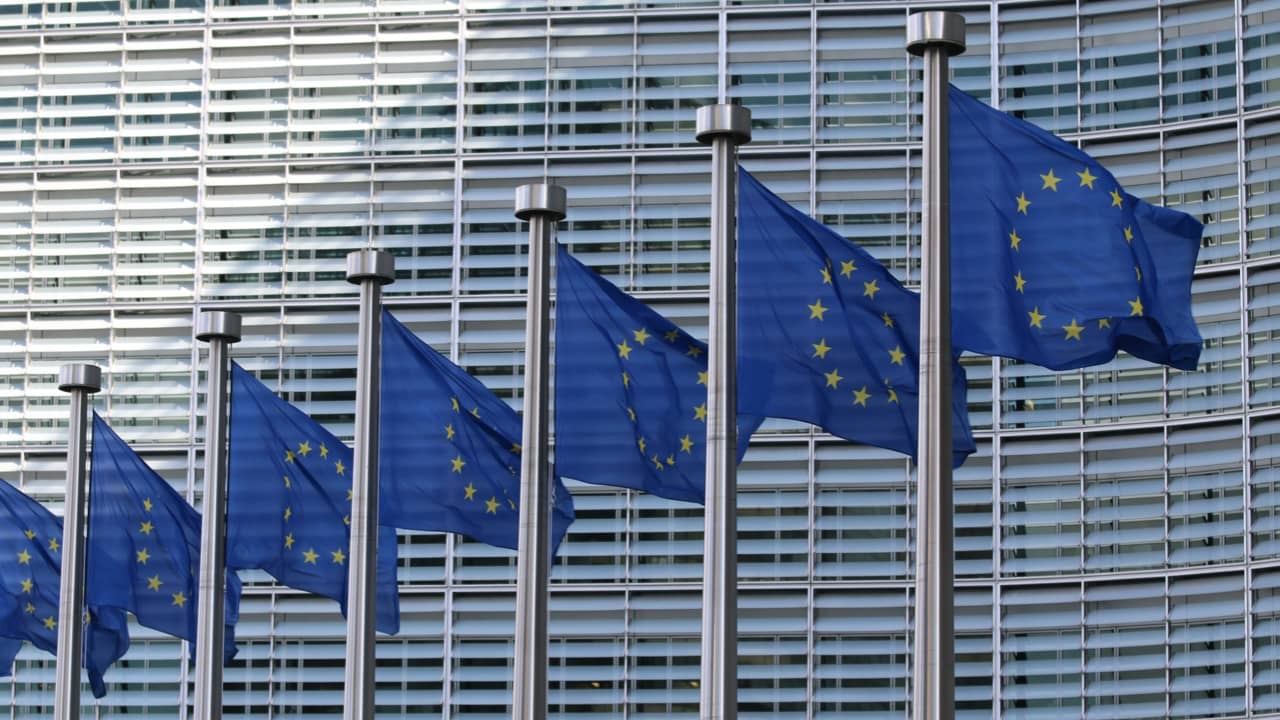
NZ Importers and Exporters May Face More Costs Due to Carbon-Reduction Initiatives
4-minute read
New Zealand importers and shippers may face more carbon emissions costs than those arising from pending International Maritime Organization (IMO) regulations.
New Zealand Council of Cargo Owners (NZCCO) fears that container lines may opt for slow steaming as a means of complying with the IMO’s Energy Efficiency Existing Ship Index (EEXI) and carbon intensity indicator (CII) requirements, which come into force from January 1 next year.
These new measures follow amendments to the International Convention for the Prevention of Pollution from Ships (MARPOL) Annex VI.
NZCCO fears that if ships that don’t meet the index requirements can’t reduce their emissions in any way other than to burn less fuel, that would potentially mean them slow steaming.
If they did, it could mean slower deliveries and reduced overall capacity (due to fewer voyages being completed).
The International Container Lines Committee (ICLC) has confirmed that carriers are currently assessing their position regarding the IMO’s requirements. However, they have also stressed that slow steaming may only be one possible mitigation measure.
However, those are not the only carbon-reduction initiatives on the horizon. NZ importers and shippers should be alert about how European Union measures will also have a cost impact.
The issue in question is the EU Emissions Trading Scheme – and be aware, it may be European, but it will impact anyone who sends cargo to, or sources it from, any country in the European Union. The EU ETS will apply to ships calling at EU ports, regardless of the flag they fly or where the ship’s owner is incorporated.
The EU ETS amendments were initially due to come into force in January next year too, but have been put back to January 1, 2024, as the EU states continue to debate their “Fit for 55” package – a reference to the 55% reduction in carbon emissions the EU is targeting for 2030.
The exact details of the ETS are still to be finalised, with some lack of accord between members states about how to bring maritime into the equation, but the main details of the current proposal are as follows.
The emissions covered will be carbon dioxide, methane and nitrous oxide. The scheme will apply to 100% of emissions on voyages within the EU or at berth in ports within the EU; and 50% of emissions on voyages into and out of the EU.
From January 1, 2027, the figure for voyages into and out of the EU doubles to 100%.
The ETS operates as a cap and trade system – an annual limit “cap” is set on the number of tonnes of greenhouse gases that can be emitted in a year.
Each of these greenhouse gas tonnes requires a European Union Allowance (EUA). At the end of every year, each participant must have enough EUAs to cover their emissions.

Suppose a shipping company needs more EUAs to cover its actual emissions. In that case, it can do one of two things – reduce its carbon emissions to fall within its allowances or buy further EUAs on the open market.
The party responsible for submitting information about their emissions is the ‘shipping company, which is defined as the shipowner or any other parties such as the bareboat charterer who has assumed the responsibility for the operation of the ship from the shipowner.
There is also a provision requiring that the Member States ensure that the shipping company has an appropriate and effective means of recovering its costs arising from compliance. Which, of course, means recovering those costs from the cargo interests.
Under the new proposal, 75% of the revenues generated by the EU from the auctioning of maritime allowances will go to an Ocean Fund, the purpose of which will be to support the decarbonisation of maritime transport.
The consequences could be drastic if any shipping company tries to buck the system.
The penalty for non-compliance with the EU ETS scheme could be as severe as an expulsion order. Where a shipping company has failed to surrender allowances for two or more consecutive reporting periods, its ships could be detained or denied entry into a port.
So we can safely say that no shipping company involved in liner trades to the EU will risk that.
What will the cost implications for New Zealand importers and exporters then be?
How such a system would work for container trades is complex to ascertain.
How would a shipping company allocate costs to a shipper whose cargo was discharged at Barcelona compared to one whose cargo was discharged at Antwerp, to one whose cargo was discharged at Hamburg?
How would a freight forwarder, consolidating parcels of varying sizes into one 40ft box, split the costs it was assigned?
How would the shipping company bill these costs? Would it be an addition to the BAF or a new entry line on an invoice?
And how would the cargo owner know the correct amount was being assigned? Would the shipping line show the calculations as to what it had to pay under the ETS and how it had shared that cost out?
Would it also add an administrative fee for doing so?
The meaning of ‘costs arising from compliance’ is likely to be a hotly-debated topic.
A great deal of clarity is still needed. But importers and exporters here would be prudent to know what’s in store.
Footnote: As the UK has now left the EU, the UK’s participation in EU ETS has ended. Instead, the UK has introduced its own emissions trading scheme, although, at present, this only covers the power and aviation industries.
However, the Department for Transport has indicated that they are considering expanding the UK scheme to include shipping.
Source: The New Zealand Shipping Gazette
P.S. Easy Freight Ltd helps New Zealand importers & exporters to save money on international freight and reduce mistakes by guiding how to comply with Customs and biosecurity rules.
➔ Contact us now to learn how we can assist you.
